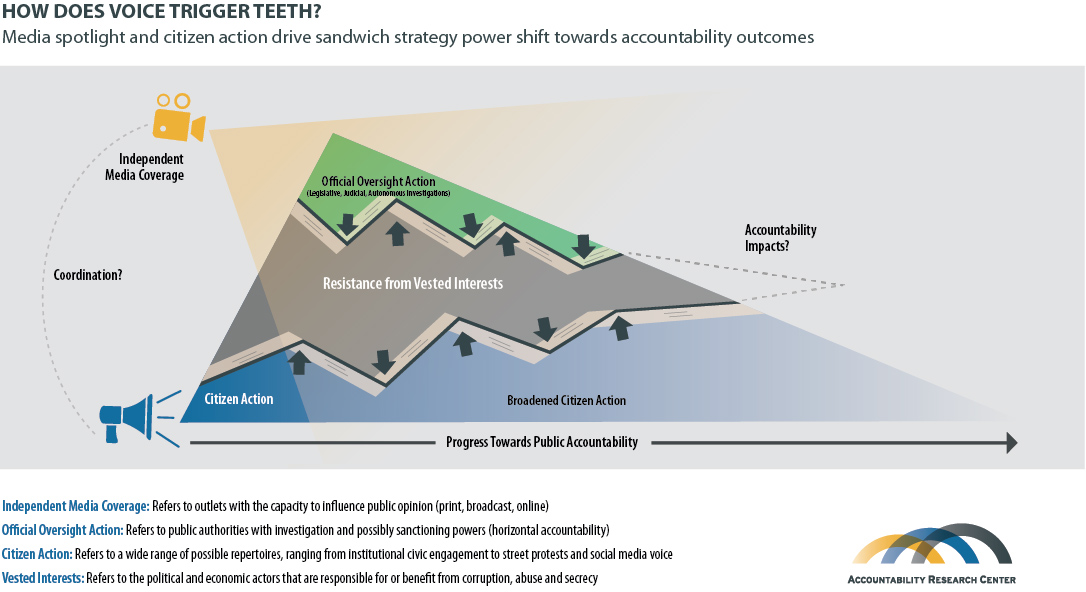Paper by Jennifer Viberg Johansson: “Discrete Choice Experiment (DCE) is a well-established technique to elicit individual preferences, but it has rarely been used to elicit governance preferences for health data sharing.
The aim of this article was to describe the process of identifying attributes for a DCE study aiming to elicit preferences of citizens in Sweden, Iceland and the UK for governance mechanisms for digitally sharing different kinds of health data in different contexts.
A three-step approach was utilised to inform the attribute and level selection: 1) Attribute identification, 2) Attribute development and 3) Attribute refinement. First, we developed an initial set of potential attributes from a literature review and a workshop with experts. To further develop attributes, focus group discussions with citizens (n = 13), ranking exercises among focus group participants (n = 48) and expert interviews (n = 18) were performed. Thereafter, attributes were refined using group discussion (n = 3) with experts as well as cognitive interviews with citizens (n = 11).
The results led to the selection of seven attributes for further development: 1) level of identification, 2) the purpose of data use, 3) type of information, 4) consent, 5) new data user, 6) collector and 7) the oversight of data sharing. Differences were found between countries regarding the order of top three attributes. The process outlined participants’ conceptualisation of the chosen attributes, and what we learned for our attribute development phase.
This study demonstrates a process for selection of attributes for a (multi-country) DCE involving three stages: Attribute identification, Attribute development and Attribute refinement. This study can contribute to improve the ethical aspects and good practice of this phase in DCE studies. Specifically, it can contribute to the development of governance mechanisms in the digital world, where people’s health data are shared for multiple purposes….(More)”.

